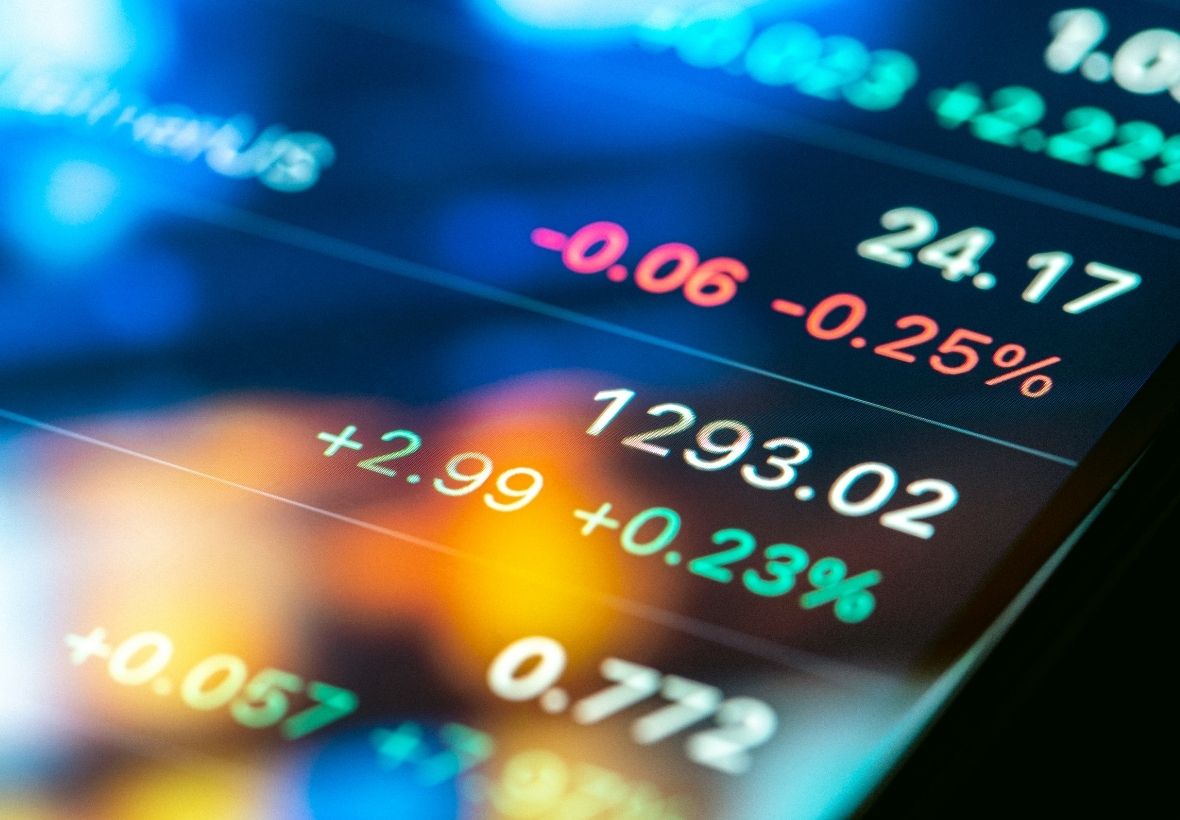These automated systems, driven by algorithms and artificial intelligence, have revolutionized the way trading is conducted. The impact of trading bots on market liquidity is a topic of great interest and debate among traders, investors, and researchers alike. In this article, we will explore the various aspects of trading bots and their influence on market liquidity. We will delve into the advantages and disadvantages they bring, their effects on market efficiency, and how they shape the overall trading landscape.
The Impact of Trading Bots on Market Liquidity
Trading bots have significantly impacted market liquidity, altering the dynamics and behavior of financial markets. Here, we will discuss the key ways in which trading bots have influenced market liquidity:
1. Increased Trading Volume
- Trading bots have contributed to an increase in trading volume by executing trades at high speeds and in large quantities. These automated systems can analyze market data and execute trades within milliseconds, far faster than any human trader could achieve. As a result, the overall trading volume has surged, leading to higher liquidity levels in the market.
2. Improved Market Efficiency
- One of the positive effects of trading bots on market liquidity is the improvement in market efficiency. These bots are designed to identify and exploit market inefficiencies, such as pricing discrepancies and arbitrage opportunities, much more efficiently than human traders. By quickly reacting to market changes and executing trades accordingly, trading bots help align prices and enhance market efficiency.
3. Enhanced Liquidity Provision
- Trading bots play a crucial role in providing liquidity to the market. They act as market makers by continuously placing bid and ask orders, narrowing the bid-ask spread, and improving liquidity. The presence of these automated systems ensures that there are constantly available buyers and sellers, enhancing market liquidity and reducing the impact of large trades on prices.
4. Increased Market Volatility
- While trading bots have many advantages, they can also contribute to increased market volatility. The high-frequency nature of their trading activities and their ability to execute large trades rapidly can amplify market movements. In some cases, this heightened volatility can lead to destabilizing effects, impacting market liquidity and introducing additional risks.
5. Liquidity Drain during Extreme Events
- During extreme market events, such as flash crashes or sudden shifts in market sentiment, trading bots may exacerbate the liquidity drain. These automated systems rely on algorithms that are built based on historical market data and patterns. However, during unprecedented events, these algorithms may fail to adapt quickly enough, leading to a decrease in liquidity as bots reduce their trading activity or exit the market altogether.
6. Impact on Small Traders and Investors
- Trading bots have both positive and negative implications for small traders and investors. On one hand, they can provide smaller participants with increased access to liquidity and more favorable trading conditions. On the other hand, the rapid and automated nature of trading bots can put small traders at a disadvantage, as they struggle to keep up with the speed and sophistication of these systems. This imbalance can impact market liquidity for small participants.
FAQs
Q: Are trading bots legal?
Yes, trading bots are legal in most jurisdictions. However, it is essential to comply with the regulations and guidelines set by financial authorities. Traders and investors should ensure they operate within the legal framework when using trading bots.
Q: Do trading bots guarantee profits?
No, trading bots do not guarantee profits. While these automated systems can execute trades with great speed and efficiency, the profitability of the trades depends on the underlying strategies and market conditions. Success with trading bots requires careful planning, strategy development, and continuous monitoring.
Q: Can trading bots replace human traders?
Trading bots cannot completely replace human traders. While they offer speed, efficiency, and automation, human judgment, intuition, and adaptability are still valuable in the trading process. The most effective approach often combines the strengths of both human traders and trading bots.
Q: What are the risks associated with trading bots?
There are several risks associated with trading bots. These include technical failures, system errors, algorithmic glitches, and cybersecurity threats. Traders and investors should be aware of these risks and implement appropriate risk management measures when utilizing trading bots.
Q: How can I choose the right trading bot?
Choosing the right trading bot depends on various factors, including your trading goals, risk tolerance, and technical expertise. It is crucial to thoroughly research and evaluate different trading bot providers, considering factors such as reputation, performance track record, customer support, and security features.
Q: Are there regulations for trading bots?
Regulations for trading bots vary by jurisdiction. Some countries have implemented specific guidelines and requirements for the operation of trading bots. It is essential to stay informed about the legal and regulatory framework in your jurisdiction and comply with any applicable rules.
Consequence
Trading bots have had a profound impact on market liquidity, reshaping the trading landscape and influencing market efficiency. These automated systems have increased trading volume, improved market efficiency, and enhanced liquidity provision. However, they also introduce challenges, such as increased market volatility and potential liquidity drains during extreme events. It is important for traders, investors, and regulators to understand the role of trading bots in financial markets and strike a balance between automation and human decision-making. By harnessing the advantages of trading bots while mitigating their risks, market participants can navigate the evolving landscape and make informed trading decisions.


Leave a Reply